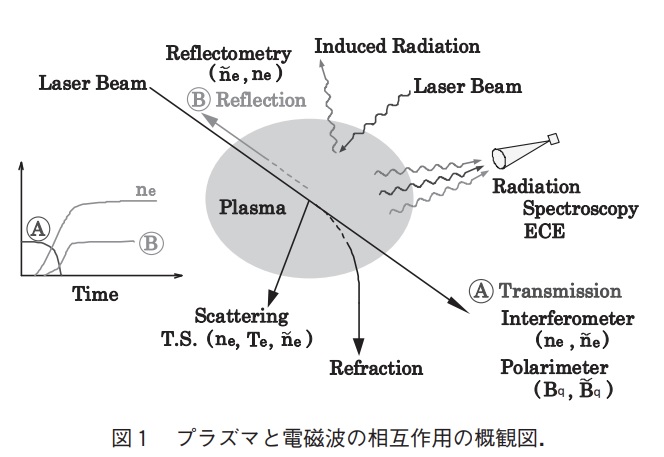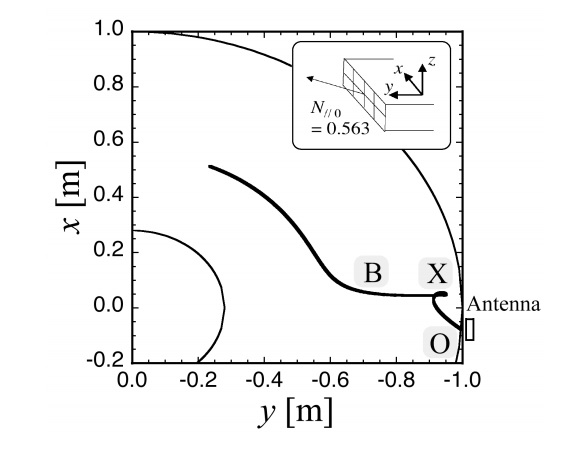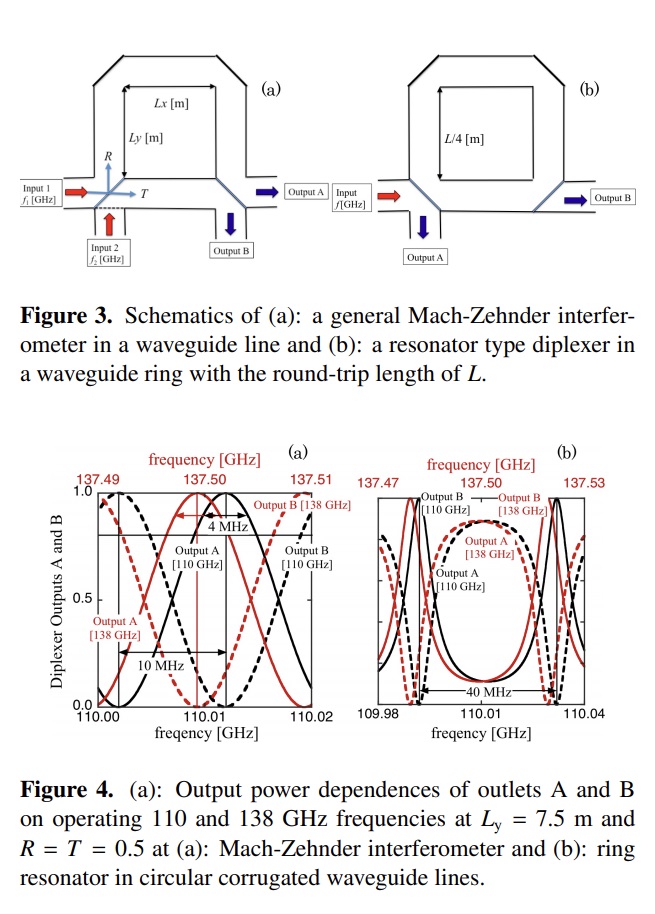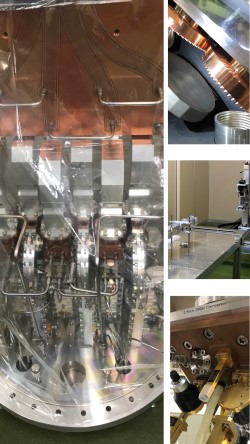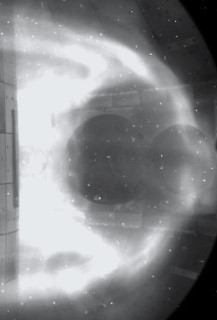Research Themes

We conduct a wide range of research in the fields of fusion and plasma science, with a central focus on plasma wave physics and RF technology.
• Development of non-inductive plasma current startup scenarios
(Compact reactor concept using electron cyclotron waves, electron Bernstein waves, and more)
• Advanced plasma heating, current drive, and control using high-frequency waves
• Development of diagnostic techniques for high-temperature plasmas using electromagnetic waves (microwaves and millimeter waves)
• Development of plasma radiation diagnostics (from microwave to hard X-ray)
• Development of high-power millimeter-wave components
• Fundamental studies of plasma wave physics
• Laboratory experiments on the interaction between fast electrons and whistler waves
• Divertor and SOL plasma control via RF plugging
etc.
